Guide to Wild Foods and Useful Plants
Foreword by Ed Begley, Jr.
This new edition features more than 70 plants found all around the United States along with more than 100 full color photos plus handy leaf, fruit, and seed keys to help readers identify the plants.
An array of abundant wild foods is available to hikers, campers, foragers, or anyone interested in living closer to the earth. Written by a leading expert on wild foods and a well-known teacher of survival skills, Guide to Wild Foods and Useful Plants is more than a listing of plant types—it teaches how to recognize edible plants and where to find them, their medicinal and nutritional properties, and their growing cycles. This new edition features more than 70 plants found all around the United States along with more than 100 full color photos plus handy leaf, fruit, and seed keys to help readers identify the plants. It also includes fascinating folklore about plants, personal anecdotes about trips and meals, and simple and tasty recipes.
Christopher Nyerges is the codirector of the School of Self-Reliance, where he has taught classes on wild foods and survival skills since 1974. He is the former editor of Wilderness Way magazine and west coast editor of Wild Food Forum. He has published hundreds of articles on wild foods, gardening, self-reliance, and survival skills in American Survival Guide, Herbalist, Mother Earth News, Whole Life Times, and many other magazines.
Ed Begley Jr. is an actor and an environmental activist. They both live in Los Angeles.
“If you’re lost in the woods, the book could save your life; if you’re interested in plant life and botany, the book is fascinating reading.”
—Booklist
“Unlike so many books on herbs and wild foods that simply repeat information the author read elsewhere, this guide is thoroughly tested and full of firsthand experience. It’s also packed with the kind of information that makes identifying food plants fun.”
—Los Angeles Times
“I would not want to depend on feeding myself without this excellent book as a guide.”
—GreenConduct
“Well written and easily understood, this title will make a great addition where outdoor activities are popular.”
—Library Journal
“Pick it up and you will be off on a wild currant and gooseberry chase, amazing your friends with the knowledge that gooseberries have thorns while currants do not, that both make good trail snacks and that currant shoots make ideal arrow shafts…There is something supremely life-affirming about reading this book. It makes you want to give the heave-ho to the petty, pointless consumerism that so infects us. Its straightforward prose is an antidote to irony and political cant.”
—Pasadena Star News
Introduction
When we allow our minds to reflect on the broad expanse of human experience in past millennia, we can see that most peoples were intimately involved with the plant kingdom. Knowledge of and interaction with plants was simply part of The Way. Today, though we’ve created vast amounts of material abundance, we seem to have lost our way in our technological wilderness. We have forgotten our roots. Our consumer-oriented capitalistic way of thinking and living has lulled many of us into believing that we are above all that, and we show our scorn for unwanted nature by attacking wild plants with poisons, weed whackers, and hoes. How far we’ve drifted.
The original concept for this book was an emergency survival manual. Someone who was lost, stranded, or otherwise without the conveniences of modern civilization could pick up this book and identify plants for making meals, medicine, and tools. Of course, it is far better to learn such skills as a normal part of everyday life, and not just as something to do in an emergency.
I have collected the information and used the techniques described in Guide to Wild Foods and Useful Plants for over 40 years. My goal in writing this book is to educate and to instill appreciation for the floral wealth that continues to grow everywhere. We hope that by reading this book you will gain a heightened sense of responsibility to be a keeper of the flame, to strive to learn and use the ancient skills of self-reliance.
This book is written so that it can be easily used in the field or at home. The photographs, illustrations, and descriptions of the various parts of the plant should make identification easy. In addition, a comprehensive glossary defines the terms you’ll come across as you read this book. We welcome authenticated reports from readers to add to this book in future editions (see copyright page for instructions).
Each listing is organized first by how to identify the plant, covering each part of the plant so that you can accurately recognize it in the field. I discuss the various uses of the plant—the edible, medicinal, and the useful properties. I then indicate if there are any detrimental properties. I also explain where you are most likely to find the plant. Some listings contain nutritional and/or chemical composition information. In some entries, you’ll see descriptions of the lore or the signature of the plant. Lore, which originally meant teaching, is a story in which some aspect of the plant can be used to convey a lesson or teaching. Lore can be a metaphor, or literal.
The signature of a plant refers to the Doctrine of Signatures, whereby each plant contains a clue as to its value or use. The classic example is the walnut. The inner edible meat resembles the human brain, and this meat is good brain food. The hard shell resembles the skull. The fleshy outer layer is a good dye and has been used to dye hair.
Signatures are usually not so simple to see and interpret. You might note function, color of leaves and fruits, interaction with other plants or fauna, aromas, or another characteristic. Though we have only scratched the surface, a whole world of meaning awaits those who use analogy and explore these signatures in depth.
We suggest you thumb through this book and look at all the photographs and illustrations. Then when you find a plant, you can begin by comparing its leaf or fruit to the pictorial keys on pages 7–15. Though there are many, many other plants that you might find in your area, we have included those plants that we actually use, those that are easy to recognize, and those that are common to many regions.
There are no shortcuts to learning the art of plant identification and uses. There are no rules of thumb to determine if a plant is edible or poisonous. You will need to devote a certain amount of time to studying and using these individual plants, and you will need to observe these plants in the field. Study and fieldwork are a sine qua non. You cannot and will not learn how to identify a plant and its uses simply by reading about it.
Collecting Useful Plants
When you find a plant that you want to use, always reflect on the fact that this living floral being is allowing you to use its leaves or fruits or bark. Feel thankful. Don’t uproot plants if you only need some leaves. Pinch off what you need carefully. We have observed that our careful pinching of leaves actually extends the life of the plants, causing them to produce two to three times as much leaf and fruit as they would have without our interaction. This phenomenon has been described in an article I wrote in the January/February 1998 issue of The Wild Foods Forum entitled “Passive Agriculture.”
Move around. Pick a little here, a little there. Don’t strip a single plant bare. Also observe the relative abundance of the plant. If there are few in the area, perhaps it would be best not to pick from that plant at all. If you’re collecting various roots, always leave a few so that the plants continue to grow.
When we collect from the wild, we make the effort to return something back to the plant. In the old days, bits of tobacco would be left at the base of the plant because tobacco is both a fertilizer and a sacred plant to many Native American cultures. We may put tobacco or mulch under the plant, or we may just breathe on it so that it can inhale our carbon dioxide. It is certainly possible for large numbers of us to utilize the foods and herbs of the wild without exploiting and ruining the wild. Preservation requires careful attention to the details of each plant and insistence that your actions be part of a solution, not part of the problem. Carelessly harvesting wild plants can lead to denuded, unsightly areas, and an imbalance between us and our environment.
Of course, for perspective, that is exactly what we’ve done to the earth in the name of civilization and agriculture and earning a living. Like it or not, modern agriculture (and its related activities of raising animals, logging, and even mining) represents the single greatest cause of environmental destruction throughout the world. Few complain about this because we have accepted it as a necessary evil. So it might seem like a drop in the bucket to be concerned about how you collect “weeds” in a vacant lot when millions of acres are routinely being devastated. Don’t be discouraged. Your thinking and your subsequent actions can have profound effects. Do the right thing.
There was a natural area where I carefully collected willow for years, as well as an assortment of wild herbs. I always conscientiously picked and pruned and regarded myself as the caretaker of that willow forest. One day, bulldozers came in and leveled it all. Was I upset? Discouraged? Of course, though I accepted the fact that some things were beyond my control. I still gained insight and knowledge and strength from the way in which I chose to interact with that once-beautiful willow forest. It revealed secrets to me, and there was balance and equity between us.
We hope you find this book useful. Let the skills of past generations come alive as you discover the wild foods and herbs that thrive everywhere. Let the plants be your friends.
Excerpted with permission from Guide to Wild Foods by Christopher Nyerges. Copyright © 2014, Chicago Review Press.





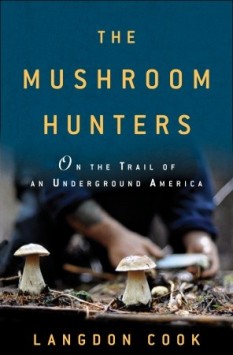
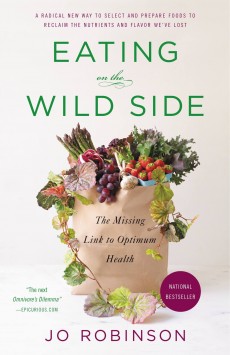

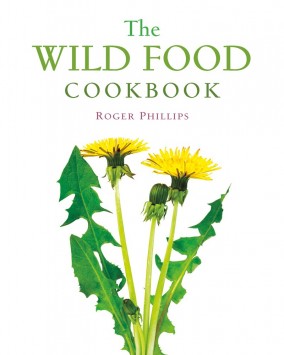
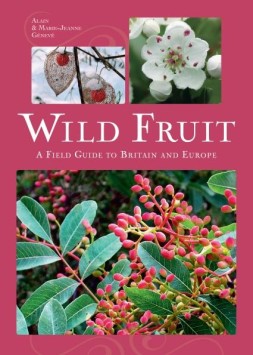
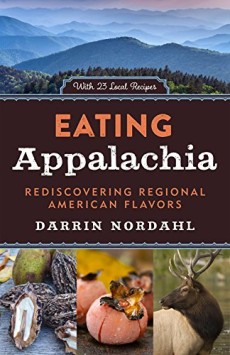
Leave a Reply